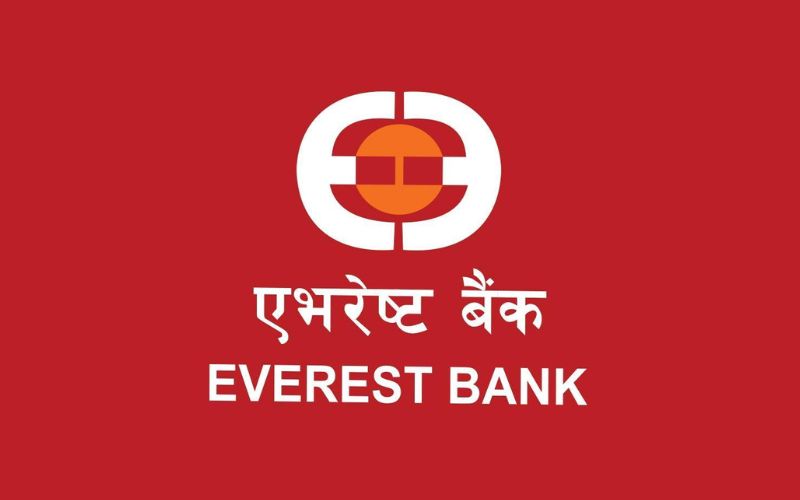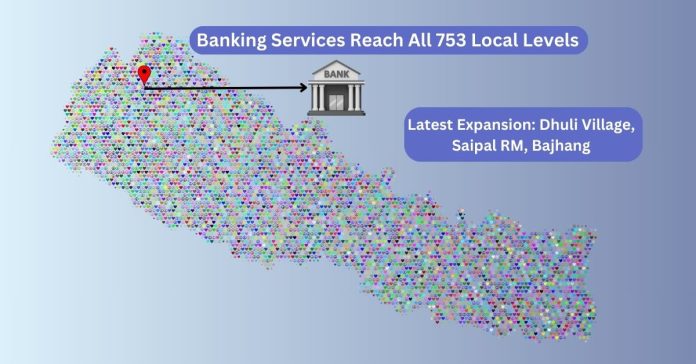Bank services have reached all over Nepal across 753 local levels in a new milestone recently achieved after a bank was established in Saipal Municipality, Bajhang. The latest banking expansion means that now, Nepal has extended banking and financial services across all local levels and 77 districts.
The frontier was achieved at the behest of Everest Bank which expanded its financial service in Dhuli village with its new branch that lies at the Nepal-Tibet border in Bajhang. This helps people in remote areas to access banking services in their own locality without having to travel to the urban areas but we have more on that below.
That also means that all of Nepal’s landscape now has direct access to banking services. Prior to this, Saipal Rural Municipality was the only local level without a bank. A thing of the past that is now!
More: List of All ICT plans in Nepal’s budget FY 2081/82
Efforts Bearing Fruits
In recent years, Nepal Rastra Bank along with Class A (commercial) banks have emphatically focused on expanding banking services which is bearing fruits. In mid-April 2021, commercial banking services were extended to 750 local levels which contrasts to 296 from July 2017.
The rise in banking services promotes the theme of financial inclusion and enriches people’s access to banking and financial services. Still, 33.83% of the population resides in rural areas. Therefore, the government has taken various steps to bring those people within access to banking services to lift their economies as well as contribute to the federal economy.

A report states that around 44.9 million Nepalese have had a bank account as of mid-July 2022. The purpose is to elevate this figure. It’s a good indication that banking services are reaching the people at the grassroots level.
As of mid-January, there are 20 commercial banks in Nepal and with the latest bank branch expansion in Saipal, the number of bank branches has reached 11,541. Likewise, there are 23,216,383 mobile banking users.
What Next?
While broadly speaking, the expansion of the bank’s branch draws a marvelous record for the country, the locals are still not too delighted. The elders say that it still takes them a long-day walk to reach Dhuli (where the bank’s branch is situated) and so, it’s not going to fully meet the demands of the locals.
Therefore, the government’s idea of development must be parallel. That is, instead of focusing merely on banking, the government can also improve transport, communication, digital literacy, etc. so the people could truly benefit from the latest infrastructure expansion. The bank opening in Dhuli village in Saipal is the latest reflection of the need for simultaneous development that would unlock the benefits to the people in the most convenient and accessible manner. This is what the government and stakeholders should focus on next.
Check out: Digital Transaction Limit of Mobile Banking, Internet Banking, and Wallets in 2024
Do you think that the banking service hasn’t yet penetrated well enough in rural areas of Nepal? What do you suggest for the government to act on promoting financial inclusion across the country? Do share your opinion in the comments below.



